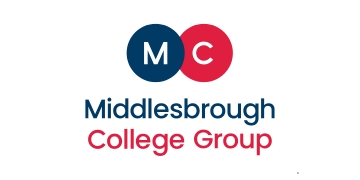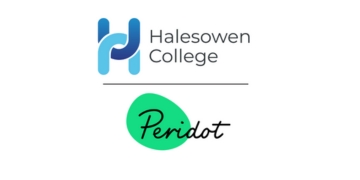Recent reports highlight an alarming drop in formal language learning. And yet, multilingualism is the norm in our schools: more than one in five learners are now identified as EAL (English as an additional language). Embracing the latter is key to solving the former.
It’s important we find answers to these questions, because our abundance of language knowledge is a major asset that is going unrealised. First, schools who embrace multilingualism can raise the aspirations of all their learners; and second, children who live and learn in multiple languages can outperform their monolingual peers.
In addition, languages are central to fostering the sense of belonging at the core of recent education reforms.
Johanna McInrytre and Fran Abrams’ Refugee Education cites schools supporting recent arrivals to take a GCSE in their home language. Most achieved top grades, recognising their prior knowledge, but more than that, acknowledging their whole selves meant learners felt personally valued.
Added to the academic and personal benefits, the broader benefits of being bi- or multilingual are clear: greater social connectedness, deeper understanding of the wider world and better job prospects.
Empowering multilingual learners
In the schools we work with, where multilingualism is celebrated and normalised, we see empowered learners who are:
- Confident, engaged multilingual learners, for whom a crucial part of their identity becomes a platform for learning English. This bears out the research in the field.
- Linguistically knowledgeable learners who understand that language is a system and who can make comparisons between languages, aiding their fluency in English.
- Cognitively nimble learners who can transfer skills in language practice, for example using the appropriate register when speaking formally or informally.
Encouraging multilingualism
One of the recommendations in HEPI’s The languages crisis: Arresting decline report states that schools can enhance multilingualism by “providing centralised support and streamlining the pathway for qualification entries for languages spoken at home and taught in supplementary school”.
Here’s how schools can act on that recommendation and create the conditions for more learners to choose modern languages for their GCSEs and A-levels.
Find our what you’re missing
Get to know your pupils including finding out what languages they use at home, what prior learning they have in those languages, and what language learning they might be doing in community language schools.
With that knowledge you can encourage your pupils to enroll for GCSEs and A-levels in their chosen language subject. For learners who arrive into the school system later and are unable to access other GCSEs, a language GCSE means they leave with some qualifications.
Challenge your assumptions
Assess each learner’s level of proficiency in English, so that teachers can tailor language support that is linked directly to the curriculum in each subject.
This knowledge is important to ensure that teachers don’t mistake a learner’s proficiency in social English with their ability to understand and use academic language.
Resource your ambition
Prioritise the recruitment of multilingual staff, who can act as role models and actively promote the support and use of multiple languages in the classroom.
Allocate resources, including time and training, to EAL provision and to modern language provision.
Get multicultural
Build a culturally responsive curriculum relevant to the lives and languages of your learners, that includes the representation of diversity in texts and learning materials, and the inclusion of multiple languages in storybooks and non-fiction texts.
Embrace translanguaging
Successful bilinguals can switch seamlessly between languages as they think, speak, and write. This is called translanguaging, and a multilingual pedagogy makes it the norm.
Creating equal spaces in classrooms for all the languages spoken by learners, will help to build an inclusive linguistic learning community, and to raise the status of learners’ languages and language knowledge.
Languages should be visible and audible, in discussions, explorations, presentations, performances, stories and learning materials, in every classroom.
This way, more learners are likely to want to and to feel proud of continuing to learn the languages they know, and English monolingual learners will be exposed to new languages that could pique their interest for further study.











It is worth bearing in mind some questions in gcse home language exams are in English so pupils need a certain level of English to succeed. There are also translation questions which again require English.